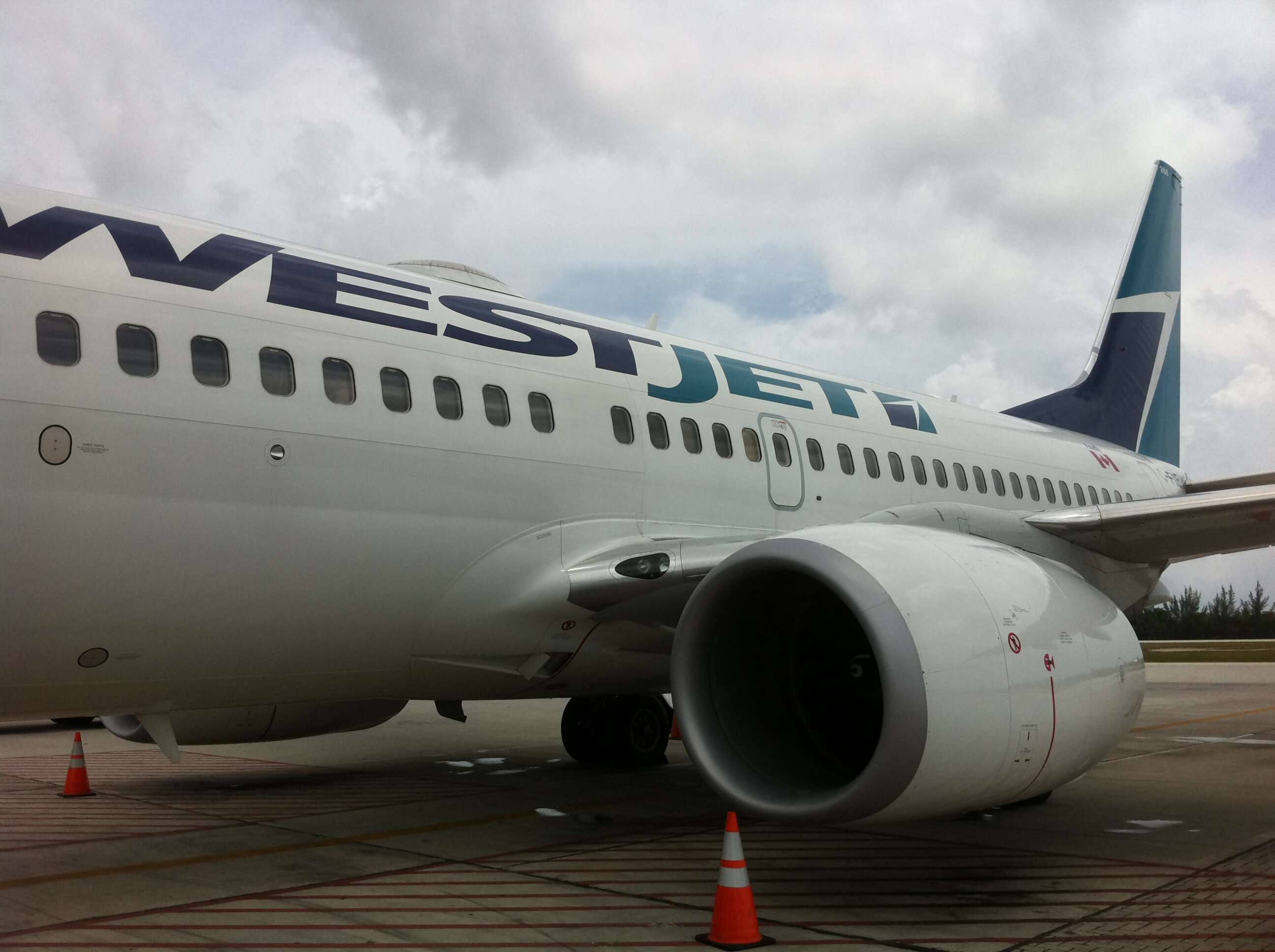FEAR OF FLYING
Posted on 07/27/2016 | About Уса, Russia

In today’s world, passengers look around carefully at the other passengers when they board. I once looked around at the passengers at the departure gate and saw four huge men pouring vodka from duty free into orange juice containers. They were already rowdy in the lounge. Sure enough they were on my flight seated just behind me. I called a flight attendant over and told her what I’d seen. My colleague sitting beside me was horrified. “Now we’ll be late, and it is your fault.”
The flight attendant tried to confiscate their booze, which created a huge uproar. Eventually the police escorted them off the plane.
Everyone of the crew came to say thank-you including the captain.
Maybe they were just jerks, but it could have been that they were afraid to fly - research has shown that one in six adults suffers from aerophobia.
One of my favourite editors was afraid to fly.
He got over it when his wife, a.k.a. “she who must be obeyed” said, “start packing, we’re going.”
He did and they had a wonderful time in Cuba.
I can relate. For years I was terrified of being in the air. I held hands with whoever was sitting next to me. It didn’t matter that they were strangers. Pure terror accompanied me on every flight.
I once had the misfortune of sitting beside a pilot, who criticized the Captain’s every move. It didn’t help to hear things like, “He should have had the flaps down by now.”
There was the time my daughter, then age two, was with us on a small plane showing us the scenery. The entire time she screamed, “I don’t wanna fly like a birdie, I want out, now!”
She grew up to fly around the world, and now lives in Australia.
For me, growing up took longer. I realized my fear was over when I casually looked out of a small plane taking us to teach native children in the far north, and thought, “Oh, this is interesting, we’re going to miss the tarmac.”
We did and landed safely on the flat, frozen ground beside it.
Since then I’ve flown in small planes, seaplanes, large planes, even helicopters. You name it, I’ve been on it, including one very scary ride, in a press preview for an air show, and we flew so low over Toronto’s University Avenue, I swear I could look in the windows of the Royal York. And that was before we flew in formation over Lake Ontario and the pilots did a roll over. My proudest moment was not throwing up, just as I promised.
What happened? Experience - and going para sailing didn’t hurt either.
My dearest friend has trouble flying. She was determined to over come it so she could explore the world.
Her Advice:
“My problem was extreme claustrophobia and the usual fear most people have of crashing.
“For claustrophobia, the first thing I did was ensure that I got an aisle seat. It helped relieve the feeling of being cornered against the window and having to crawl over at least two people to get out of my seat. The second, and probably most important thing I did, was talk to flight attendants about what they could do for me if I should have a panic attack and want to get off.
“They reassured me that they were fully trained in helping people like me. They had a portable oxygen tank that they could offer if I was having problems breathing. I was free to walk around the cabin when the seatbelt lights went off. Each time I got on board, I sat down, looked around, told myself there was lots of room and most importantly, looked at the flight attendants, knowing they are trained professionals who will be there to help me if I need it. Once in my seat, I would close my eyes and do relaxation exercises to calm myself before take off.”
My pal has since taken off, and visiting places like Bosnia, Sir Lanka, Argentina, and the list goes on.
Go to Google and do what I did, which is type in “help for fear of flying, and you have a multitude of choices, from a chat line for fellow sufferers, to on-line seminars, hypnosis.
Much of what I’ve read on line, I have been using for years and it works.
Here are a few tips I found useful:
• Tell your clients to book a seat at the front. It is much quieter, and there is less turbulence.
• They should take things that will distract them, watch a movie, read a book, and listen to calming music.
• Keep their seatbelts fastened, turbulence injuries are mostly because people aren’t buckled up.
• The rubber band technique helps. Wear one around your wrist, and when you panic, snap it, the pain will take your mind off the turbulence.
• Tell clients not to read, or listen to details of disasters. Yes, they should be informed but don’t need to know every little detail. Yes, I’m talking about CNN here.
I figure if I can get rid of my fear of flying, anyone can overcome it.
